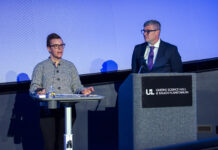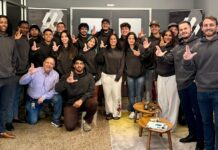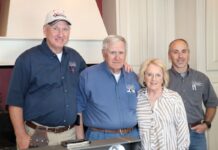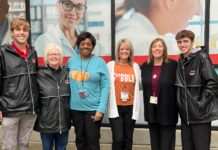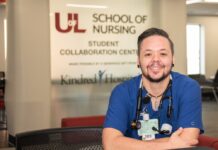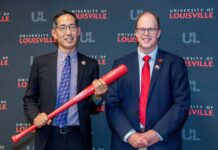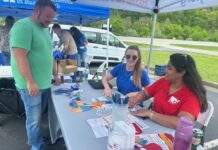
A new online tool developed by researchers at the University of Louisville promises to speed up the discovery of treatments for brain and nerve tumors, especially rare ones that have had limited research attention.
A team led by Akshitkumar Mistry, a neurosurgeon and scientist at UofL and UofL Health, has created the Atlas of Nervous System Tumors. It is the largest publicly available dataset of its kind and includes more than 7,000 tumor samples from the brain, spinal cord and nerves, which were drawn from biorepositories around the world. For each sample, the atlas combines gene activity data with clinical information such as patient age, tumor location and survival outcomes.
“Brain and nervous system tumors are incredibly diverse,” Mistry said. “This tool helps researchers quickly understand how these tumors behave at the genomic level, which can point the way to new or repurposed treatments that might be tested in clinical trials.”
The team built the atlas by applying advanced machine learning techniques to tumor genomic data. It includes many extremely rare tumor types for which data have previously been sparse or unavailable.
Kentucky ranks among the highest in the nation for new cancer cases and cancer-related death. Although brain cancers are rare, they are especially devastating and can affect people at any age. They are more common in children under 15 and adults over 64, and their causes remain poorly understood, leaving few options for prevention.
The atlas project was supported by the Kentucky Pediatric Cancer Research Trust Fund and the Kentucky Department for Public Health. Mistry’s work also is supported by the Louisville Clinical and Translational Research Center at UofL and by a UofL Presidential Scholars award.
A new tool to identify therapies
While the atlas is not meant to provide direct treatment recommendations, Mistry emphasized that it will enable researchers to classify tumors and identify therapies based on how their genes behave, going beyond traditional DNA mutations or histology. This deeper classification can reveal biological similarities to other cancers that already have approved therapies.
In his article about the atlas, published in the journal Neuro-Oncology, Mistry and colleagues showed how the atlas identified new subtypes of pheochromocytoma and paraganglioma, rare tumors of the nervous system. These subtypes expressed certain genes, such as GHR and SST, at high levels. Drugs that target these genes already exist for other cancers and these subtypes can be easily identified by genetic analysis. Without examining the gene activity, clinicians would have no reason to test these drugs in patients with these rare tumors. Yet this valuable information is available in the atlas.
“These are therapies that are already out there, but no one had thought to try them in these tumors,” Mistry said. “Now by using the atlas, we have the data to support testing them in clinical trials.”
Eyas Hattab, chair of UofL’s Department of Pathology and Laboratory Medicine and co-author of the article on the atlas, said it supports the development of personalized and targeted therapies for neurological cancers.
“Over the past two decades, brain tumor diagnostics have undergone transformative advances, driven by the integration of cutting-edge molecular and genetic technologies,” Hattab said. “The work by Dr. Mistry and colleagues builds on this progress by mapping RNA transcripts across a spectrum of CNS tumors, significantly enhancing diagnostic precision.”
UofL Health – Brown Cancer Center recently became the first facility in the U.S. to offer its patients access to an FDA-approved assay for solid tumor testing. The Illumina TruSight™ Oncology (TSO) Comprehensive test essentially scans a patient’s tumor sample for cancer mutations, evaluating both the DNA and RNA of a patient’s tumor to ensure they are matched with the most effective therapies or available clinical trials.
“The new atlas complements technologies such as the TSO Comprehensive by providing a broader view of how tumors function at the RNA level — essentially, what the tumor is doing rather than just what it is,” Mistry said.
Adding to the impact of their work, the methodology that Mistry and the research team used to build the atlas can also be applied to other rare diseases, giving researchers a powerful new framework to reuse and harmonize public data for maximum impact.






